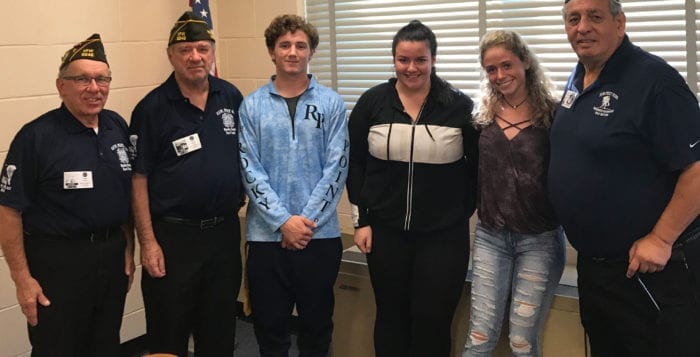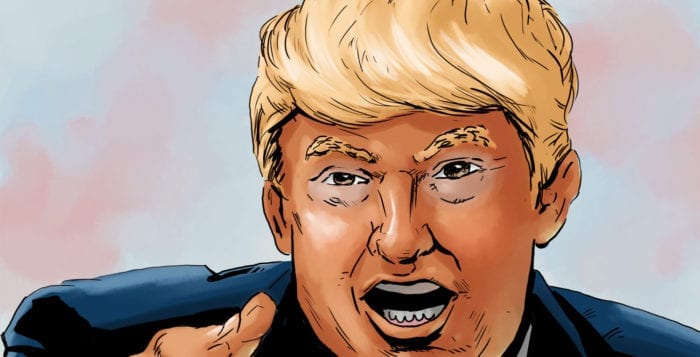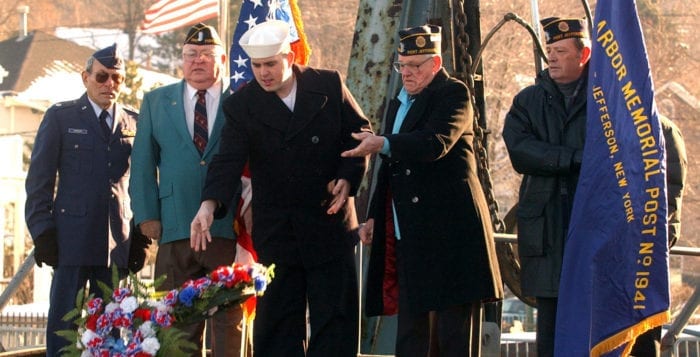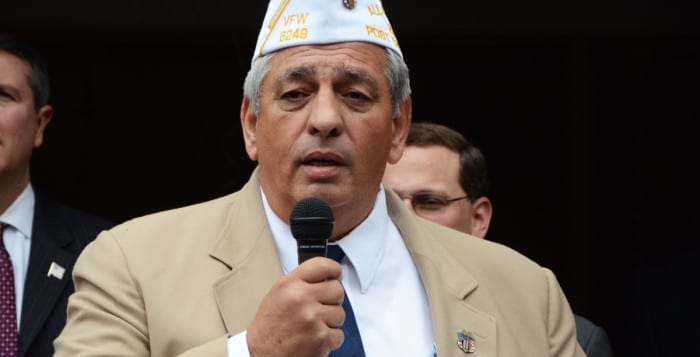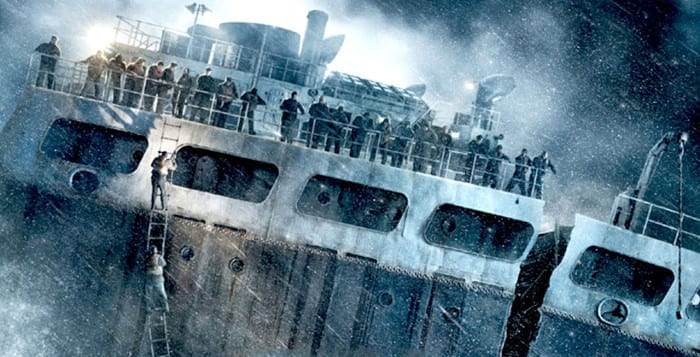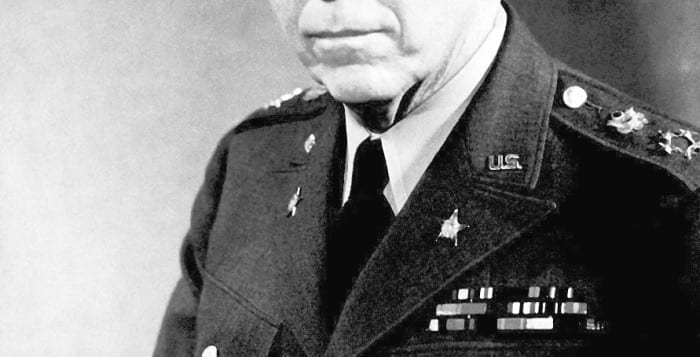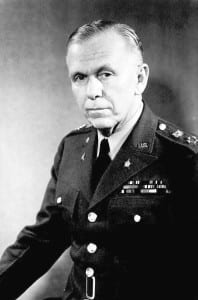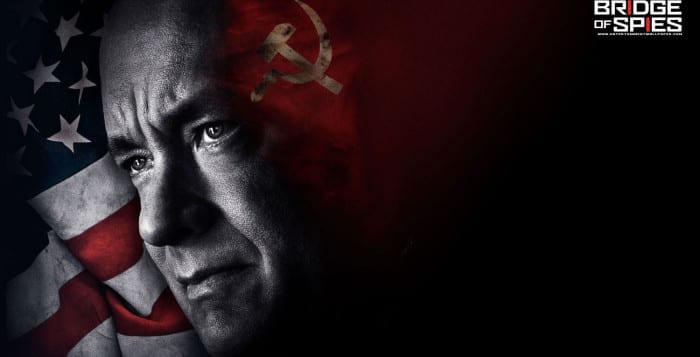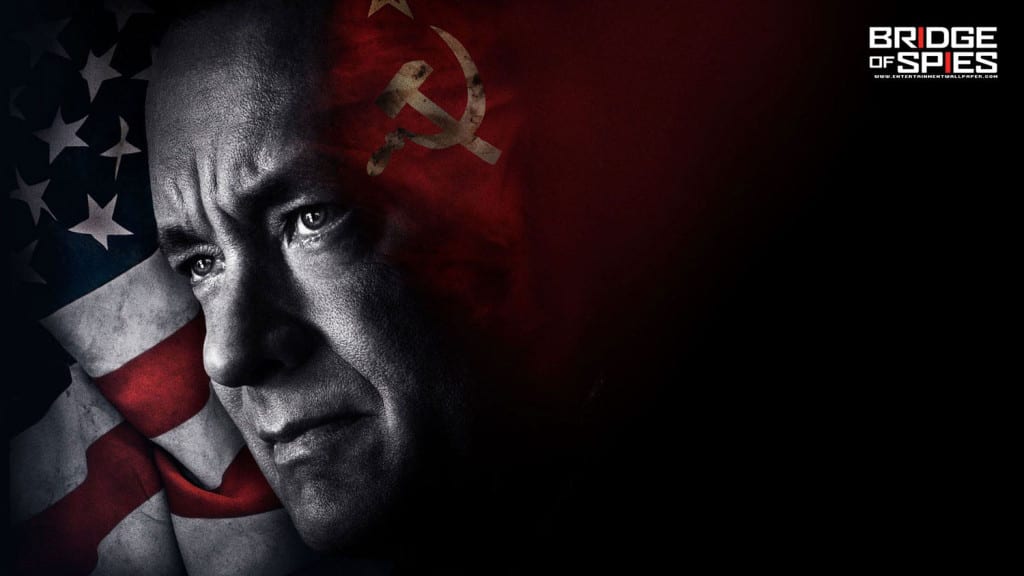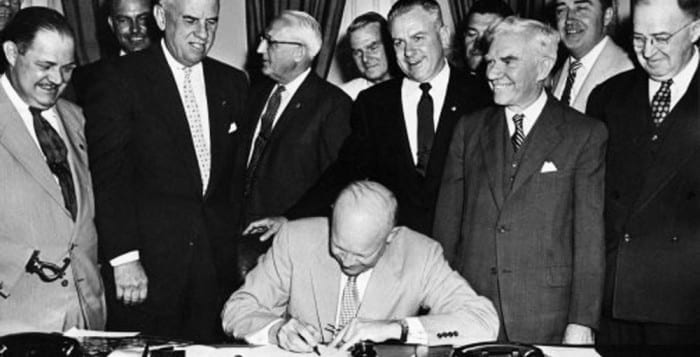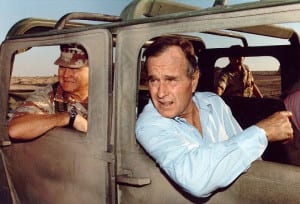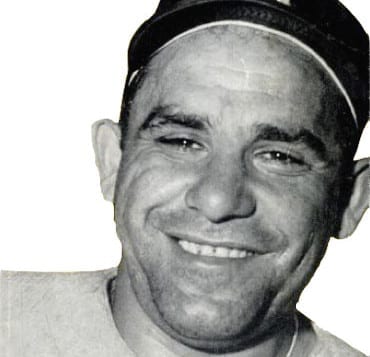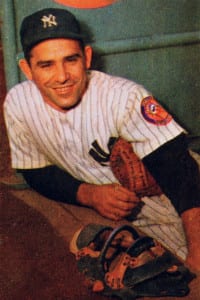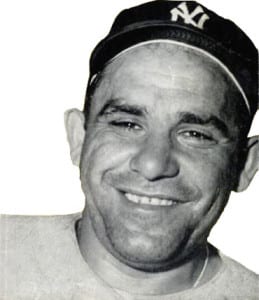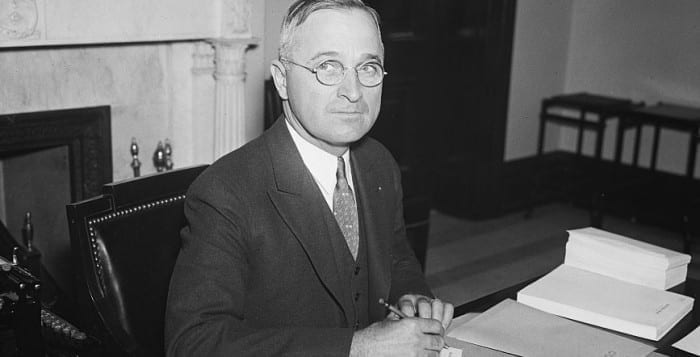By Rich Acritelli
This week marks the 63rd anniversary of the first Veterans Day, Nov. 11, 1954, as declared by President Eisenhower, an annual remembrance of national service.
“On that day let us solemnly remember the sacrifices of all those who fought so valiantly, on the seas, in the air, and on foreign shores, to preserve our heritage of freedom,” Eisenhower said.
Many North Shore residents have served at home and abroad to protect the freedom of the United States. Just recently, proud veterans from VFW Post 6249 in Rocky Point were interviewed by members of the Rocky Point High School History Honor Society about their years in uniform.
The first veteran to be interviewed was Gary Suzik, who is a resident of Rocky Point. The native of Michigan’s upper peninsula grew up playing football, hockey and downhill skiing and still has a touch of his Mid-western accent. He served in the U.S. Navy for four years and was stationed on the USS LaSalle, where he helped guide the landing craft. As it turned out, this was one of the last ships to be built locally at the historic Brooklyn Navy Yard. Suzik said he is immensely proud of his duty on a vessel that saw naval missions for more than 40 years in every corner of the world. The ship and crew even helped retrieve the Gemini capsule, a spacecraft carrying two astronauts, after it landed from an early space mission.
Suzik participated in operations in the Mediterranean Sea, where he visited ports in Italy and France. He was also deployed to Cuba and the Caribbean during the Dominican Civil War in 1965. It was common for this ship to carry about 400 sailors and 500 to 600 Marines who utilized landing crafts to assault enemy forces in hot spots around the globe. Suzik mentioned how the ship had the honor of carrying Admiral John McCain Jr., who is the father of senator, noted Vietnam veteran and prisoner of war John McCain (R-Arizona). Veterans Day is a special moment for Suzik as he recalls not only his memories, but that of his father who fought during the Battle of the Bulge in World War II and other family members who were also in the military.
Dan Guida grew up in Nassau County and currently lives in Wading River. His mother had nine brothers, of which seven served in the military during World War II. Since his youth, Guida said he learned the importance of national service from stories that were presented to him by his uncle. After high school, Guida was granted a temporary military deferment in order to attend St. John’s University in Jamaica, Queens, but a short time later, he decided to leave school and was drafted into the Army. With some college behind him, Guida was accepted into the Army Officer Candidate School and became a second lieutenant. Today around the post, many of the VFW members cheerfully refer to him as “Lieutenant Dan,” a reference to the film “Forrest Gump.”
From 1967 to 1968, Guida served in Vietnam with the I Corps. As an officer, he was responsible to direct tanks, armored personnel carriers and the trucks that operated within the northern areas of South Vietnam, not too far from Da Nang and the demilitarized zone. Guida recalled the tanks didn’t function well within the terrain of Vietnam through the heavy rains that saturated the grounds and made it difficult for American armor to gain enough traction in the mud. He shared interesting insights into the buildup to the war with the students.
Later, Guida utilized the GI Bill to attend Nassau Community College and Hofstra University, where he majored in accounting. He held a job as an accountant for a good part of his life and he still happily holds financial responsibilities today for Post 6249. The Wading River resident said Veterans Day is a moment that our citizens should be thankful for the sacrifices that past, present and future veterans have made toward the security of this nation. Guida said he saw that gratitude as he entered the high school before the interview. He had a big smile on his face when a younger Rocky Point student personally thanked him for his service.
Rocky Point resident and local commander of VFW Post 6249, Joseph Cognitore was also asked about his time in the service by the students. While Guida saw the earlier part of the war, Cognitore, who was drafted into the Army, endured the latter phase of fighting in Vietnam. From 1969 to 1970, he was a platoon sergeant that served in the air cavalry that transported soldiers by helicopters into various areas of the country.
Cognitore was tasked to conduct “search and destroy” missions against the Viet Cong and the North Vietnamese Army who were situated in caves, tunnels, jungles and mountains. He also fought in Cambodia against an enemy that utilized the strength of the Ho Chi Minh trail to move troops and materials through the country to attack American and South Vietnamese forces.
Cognitore said it took a long time to put the war behind him. During the Gulf War in the early ’90s, he joined the VFW and rose to be its commander and to hold prominent leadership positions within the local, state and national levels of the organization. He said he is constantly reminded of his combat tours through injuries to his legs that have left him hobbling for years.
Cognitore views every day as Veterans Day. Each day he answers countless emails and telephone calls to help men and women that have served at home and abroad. Recently, Cognitore helped spearhead a golf outing that has raised over $200,000 to help the Wounded Warriors. One of the most important qualities the students were treated to during the interview was the camaraderie the veterans have toward each other, a dynamic likely strengthened by Post 6249’s daily mission of helping every veteran.
Rich Acritelli is a social studies teacher at Rocky Point High School and an adjunct professor of American history at Suffolk County Community College.

